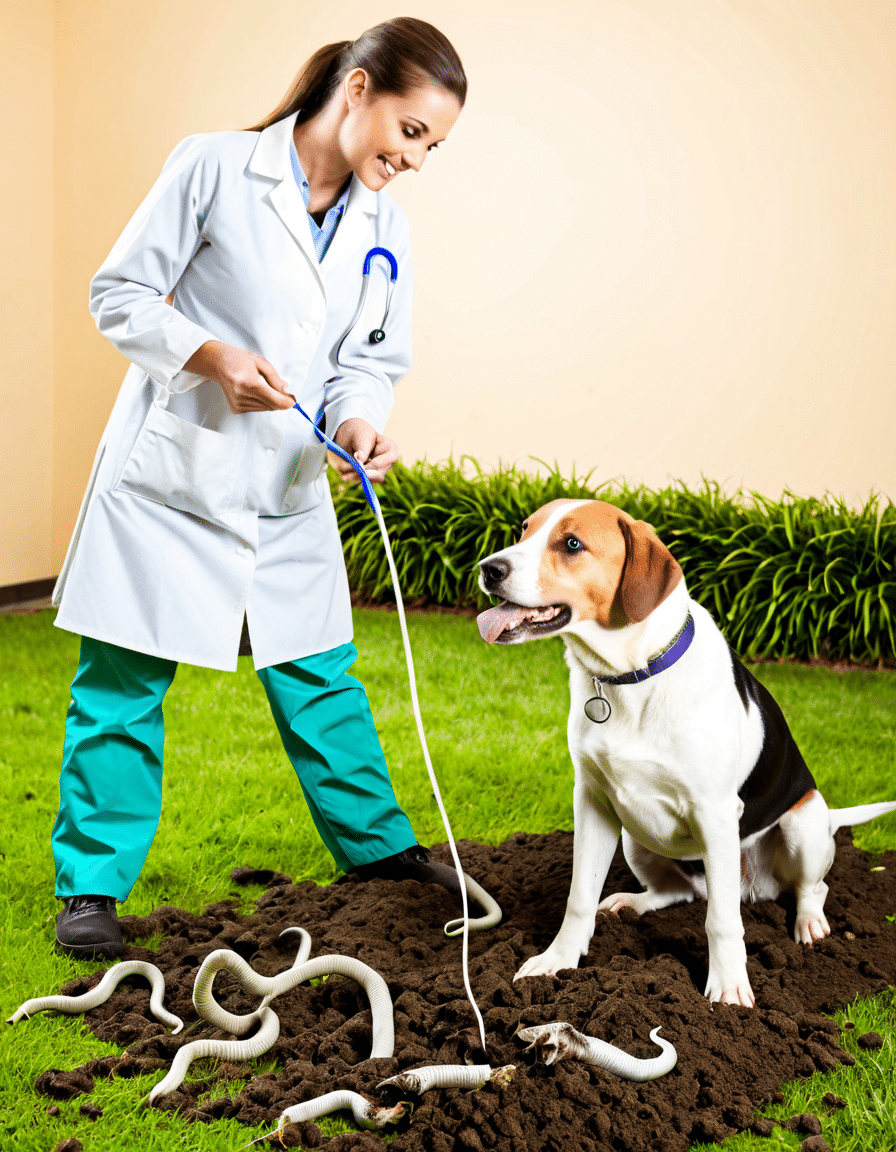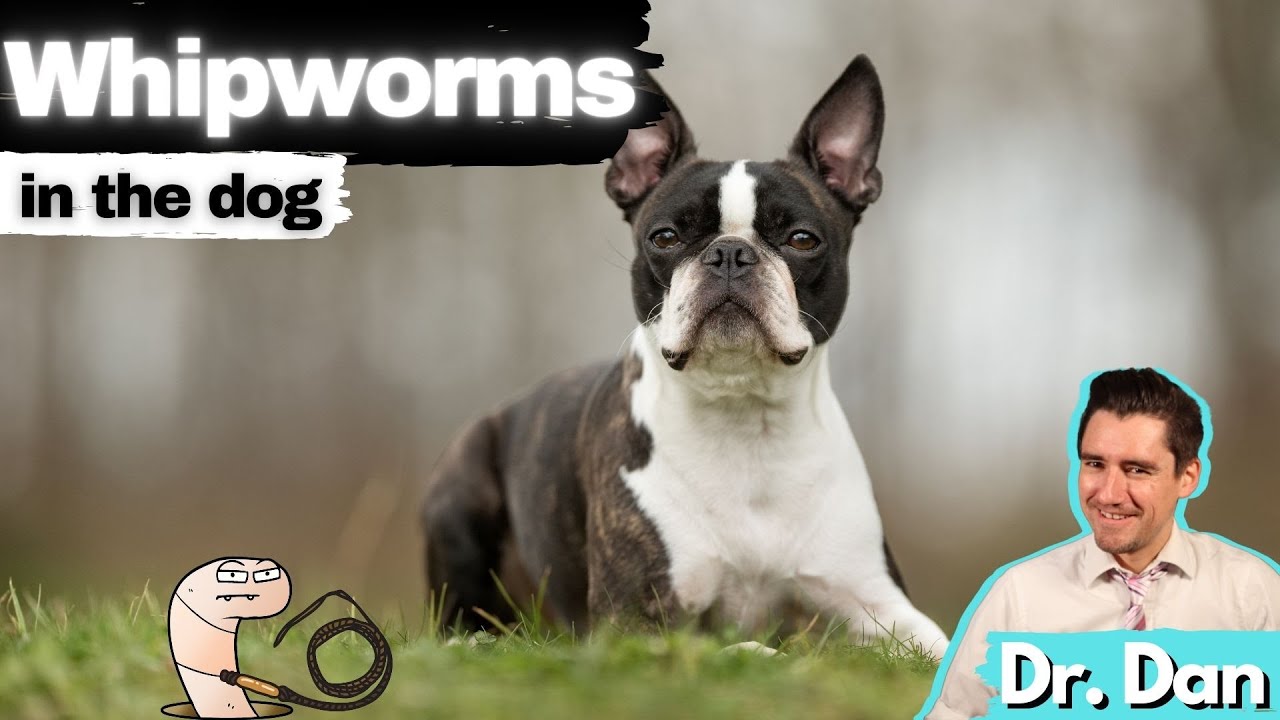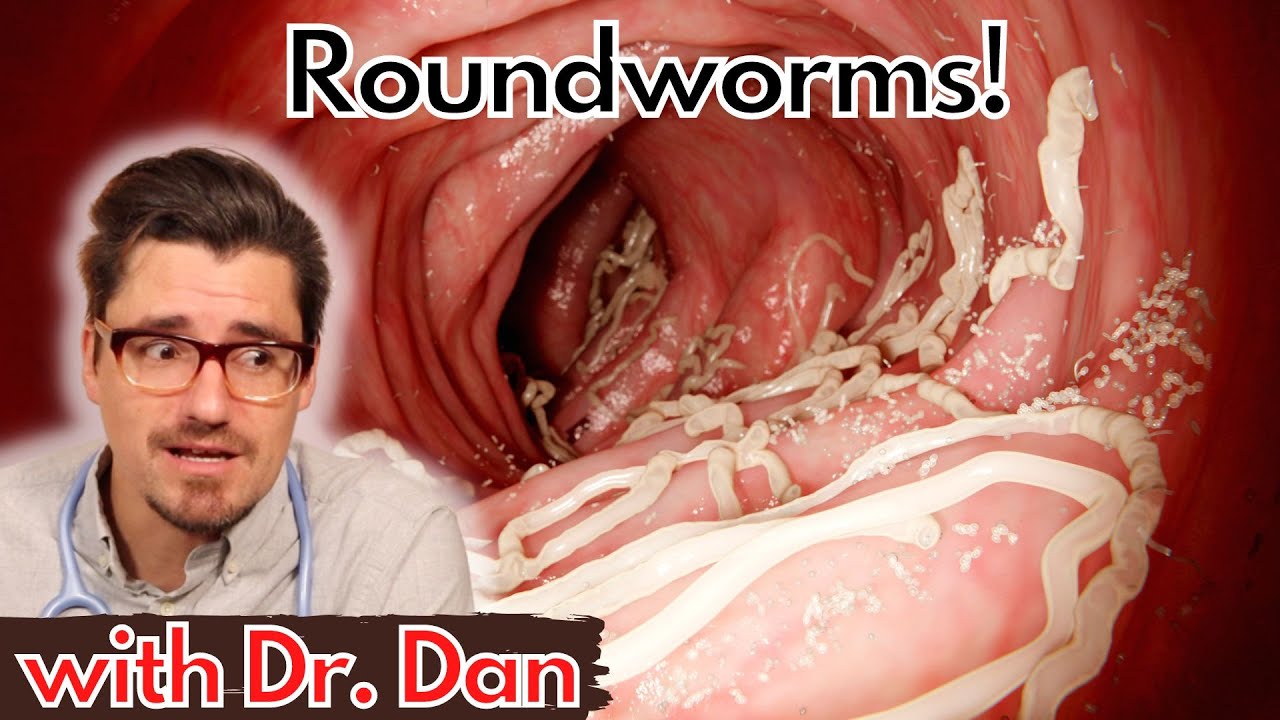Whipworms in dog poop are a serious concern for dog owners. These pesky parasites, scientifically termed Trichuris vulpis, can wreak havoc on your furry friend’s intestinal health. Unlike other worms that can be spotted with the naked eye, whipworms are sneaky little devils, hiding away in the large intestine and causing trouble without making their existence obvious. With that in mind, let’s dive into the nitty-gritty of whipworms, why they matter, and what you can do to keep your pup safe.
1. Understanding Whipworms in Dog Poop
To put it simply, whipworms are parasites that can cause significant health issues for dogs. These slender, whip-like organisms thrive in the intestines, triggering a range of unpleasant symptoms. Once your pup swallows whipworm eggs from contaminated soil, water, or food, the larvae hatch and mature in their intestines. This whole process takes about three months, and adult whipworms can live for years, continuously laying eggs which perpetuates their lifecycle.
1.1 Life Cycle of Whipworms
Understanding the whipworm life cycle is crucial for prevention. After ingestion, the eggs hatch into larvae within the intestines. They then mature into adults, residing in the large intestine, laying new eggs, and effectively making their home there. If your dog goes digging in the yard or drinks from still water, they could be at risk of picking up these eggs. This cycle makes regular hygiene and preventative measures essential for keeping whipworms out of your dog’s life.
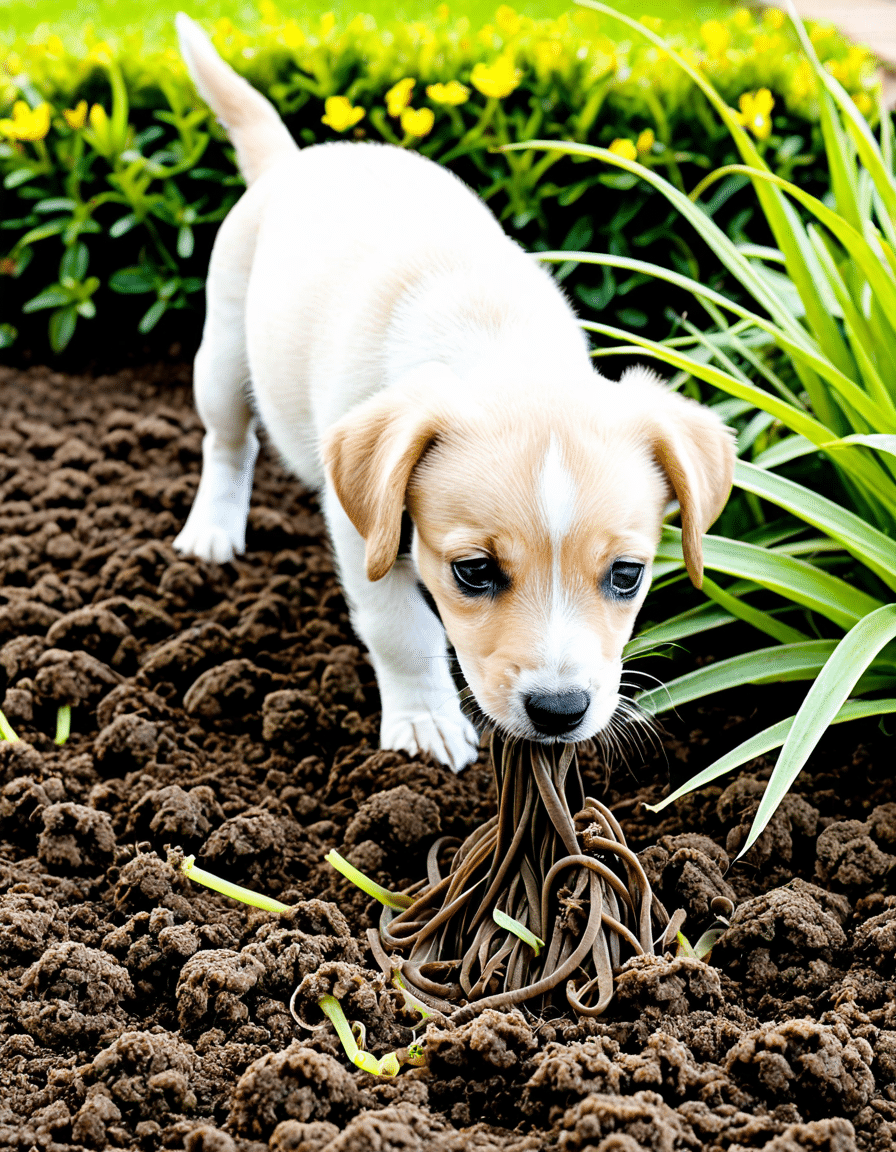
2. Top 7 Signs of Whipworms in Dog Poop
Spotting whipworms in dog poop can be tricky since these worms are not visible without a microscope. Nevertheless, certain symptoms can indicate their presence. Here are the top seven signs that might signal a whipworm infestation:
These signs should never be overlooked. Keeping an eye on your dog’s health can make all the difference in preventing serious repercussions.
3. Identifying Other Worms in Dog Poop
As a dog owner, it’s wise to familiarize yourself with other types of worms that might be lurking in dog poop. For example, roundworms often resemble spaghetti in feces and are particularly common in puppies. On the other hand, tapeworms shed segments that resemble grains of rice, usually noticed around your dog’s backside or nestled in their poop.
Knowing how to differentiate between these various worms in dog poop is vital for timely treatment. Regular veterinary check-ups and fecal examinations can help keep you informed and ensure your dog’s overall health remains a priority.
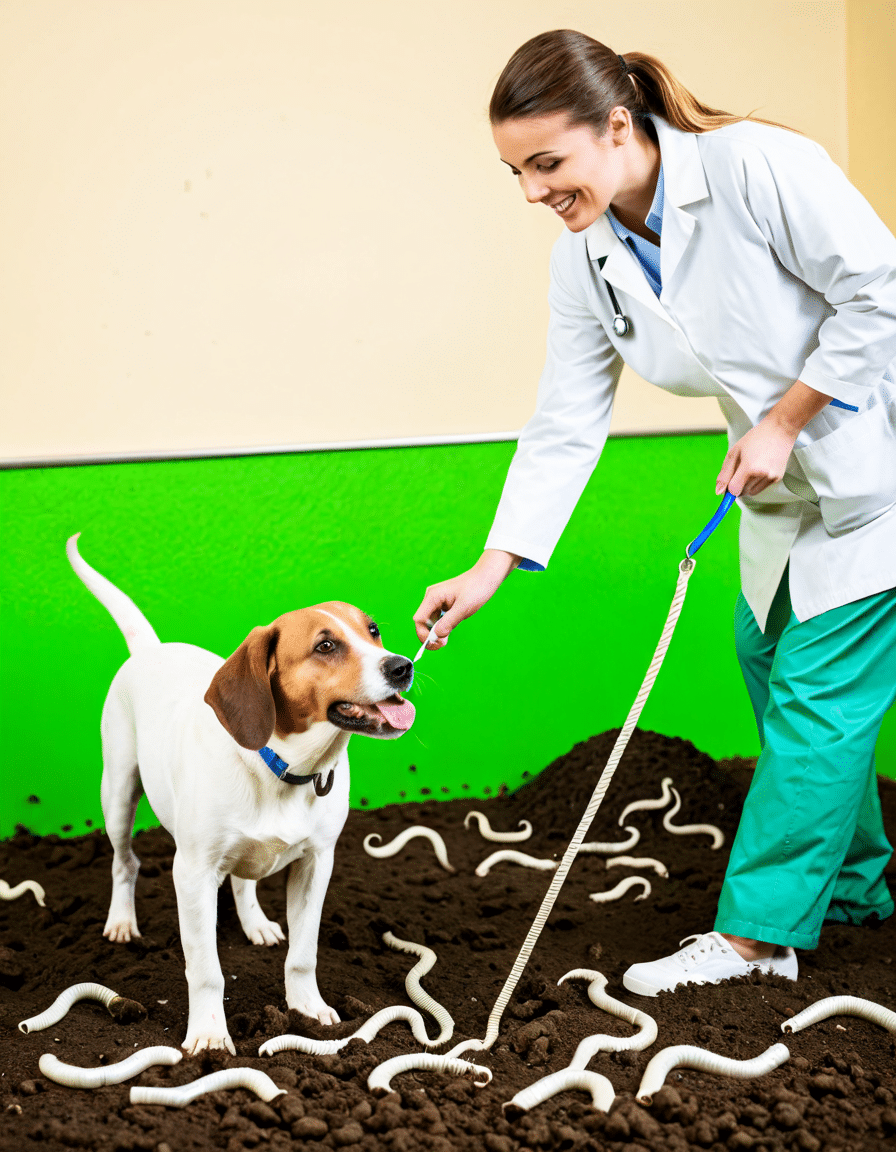
4. The Impact of Blood and Mucus in Dog Poop
If you see blood in dog poop or mucus, it’s worth raising an eyebrow. Both can indicate several issues, whipworms being just one of them. When whipworms infect the intestines, the resulting inflammation can lead to bloody stools. Meanwhile, mucus often points to intestinal irritation or potential secondary infections.
For the sake of your dog’s well-being, consult your veterinarian if you encounter these symptoms. A thorough evaluation, paired with a discussion about the possible presence of whipworms or other parasites in dog poop, will help get to the bottom of the issue.
5. Prevention and Treatment: Essential Steps for Dog Owners
Preventing whipworm infestations should be a priority for all dog owners. Here are some key steps to keep your pup healthy:
When it comes to treatment, anthelmintics like fenbendazole or milbemycin oxime are commonly prescribed to eliminate whipworms. It’s crucial to consult your veterinarian for the best course of action tailored for your dog.
6. Innovative Remedies: The Role of Honey in Canine Care
Some pet owners explore alternative treatments out of curiosity, wondering if substances like honey could offer benefits. While honey has antibacterial properties and can soothe some conditions, it’s not a substitute for proper veterinary care. If your dog has deep-seated issues, such as cysts, applying honey alone won’t resolve the root problem, nor can you just put honey on dogs’ cysts to fix everything. Always consult a vet for significant health concerns.
7. What to Do If You Suspect Whipworms in Your Dog’s Poop
If you suspect whipworms in your dog’s poop, don’t waste time! Schedule a veterinary appointment immediately. Bring along a stool sample for testing; this can facilitate a more accurate diagnosis. Your veterinarian might recommend a fecal flotation test to confirm or rule out the presence of whipworms.
Addressing the Bigger Picture
Whipworms in dog poop pose a serious health risk that demands attention. By implementing prevention strategies and being aware of the symptoms, you can contribute to maintaining your dog’s health against these sneaky parasites. Regular check-ups and open communication with your veterinarian will ensure a happier life for your furry friend, free from the troubles of whipworm infections. These proactive measures not only protect your dog but also enhance the bond you cherish every day.
In summary, keeping an eye out for the signs of whipworms in dog poop is a crucial task for dog owners. Take the necessary steps today, and let your pup enjoy a happy, healthy life. After all, they deserve it!
Whipworms in Dog Poop: Fun Trivia and Interesting Facts
Understanding Whipworms and Their Impact
Whipworms in dog poop can pose quite a nuisance for pet owners, but these little critters pack a punch when it comes to their resilience. Did you know that whipworms can survive in the environment for years? Just like Hugh Jackman’s popularity seems to endure, whipworms hang around waiting to infect new hosts! Unlike some parasites that are easily wiped away, whipworms have a clever way of burrowing in, making them tough to eliminate. Their eggs can live in soil for up to five years, turning your backyard into a potential playground for them!
How They Spread and What You Can Do
You might be surprised to find out that whipworm infections aren’t that common, affecting about 5% of dogs, depending on where you live. But don’t brush off this statistic too lightly, just like you wouldn’t ignore the life expectancy of an Australian Shepherd before bringing one home! Regular vet check-ups are essential to spotting these parasites early, and a GPS dog collar could help ensure your pooch doesn’t wander into areas where they could be exposed.
Fun Facts to Remember
Speaking of environments, whipworms thrive best in moist, warm conditions. So, if your backyard feels like paradise for your pet, it might also be a haven for these pesky parasites. In fact, the same way a cat tree Christmas tree provides both fun and comfort for felines, ensuring your dog has a healthy lifestyle with proper sanitation can keep whipworms at bay! And while we’re on the topic of little known facts, here’s a curious one: in addition to impacting health, whipworms can lead to lethargy and weight loss in dogs, which is quite the opposite of how we feel when we see our favorite characters in Dragon Ball super Season 1.
Owning a dog comes with responsibilities, and understanding the implications of whipworms in dog poop is vital. Keep watch over your furry friend, and don’t hesitate to reach out for expert advice and care to keep these parasites out of the picture!
